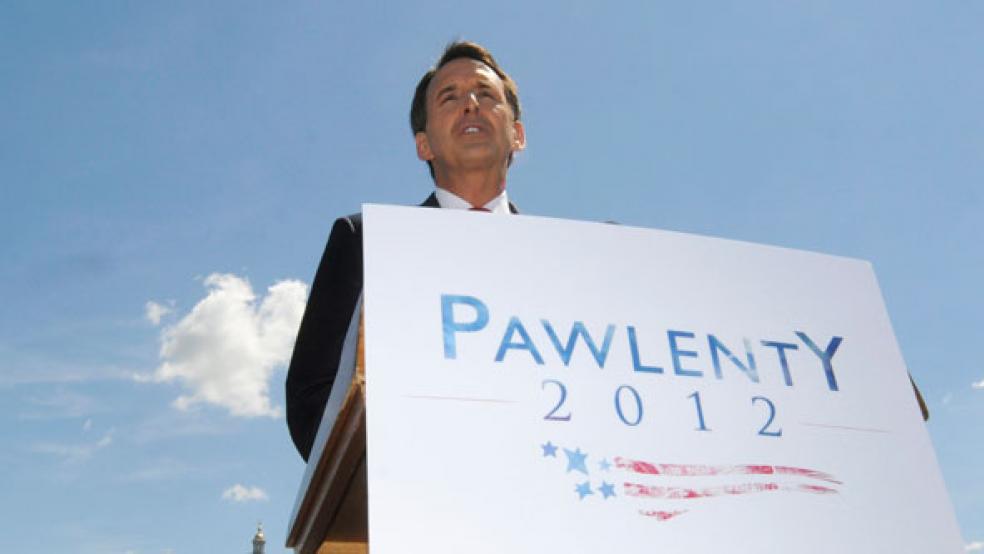Two years after President Obama's $800 billion stimulus plan was enacted the money that cushioned the recession's impact on state and local governments is drying up. And so are the jobs that were temporarily saved by that infusion of money.
The number of people working for state and local governments fell by 30,000 last month, bringing the total loss of such jobs over the past two and a half years to more than half a million. Most of the loss, including 182,000 in local education, has been due to the squeeze on state, county and municipal budgets in the wake of the financial crisis.
The figures are a harsh reminder of the direct link between jobs and government budgets, on the one hand, and the decline in services when spending is cut back. Absent the stimulus, and the job losses, especially in education, would have been even greater.
CBO estimates that the overall employment impact peaked in the third quarter of last year when there were between 2 million and 5.2 million more jobs than there would have been without the stimulus. By late this year the impact will be less than half that great, CBO says.
None of the strong evidence of a link between government spending and job creation, however, has deterred many Republicans—including House Speaker John Boehner and most of those seeking the GOP presidential nomination—from denying that link. The only way to create jobs, they say, is to cut taxes, reduce government regulation of all types and stand back while the private sector does the work.
Of course most of the jobs have to be created in the private sector. But before those jobs appear, the companies doing the hiring have good reason to expect there will be increased demand for the goods and services they will be selling. And if the politicians are counting on tax cuts to encourage entrepreneurs, they also have to stop deluding themselves: there is no evidence whatsoever that tax cuts pay for themselves.
Instead, to keep large tax cuts from exploding deficits, spending has to be cut as well. Like it or not, spending cuts will eat into demand for goods and services. The hard facts of state and local government employment since the end of 2008 clearly demonstrate that.
Tim Pawlenty, a former Minnesota governor seeking the Republican presidential nomination, denied virtually all of the links among tax cuts, government spending, economic growth and job creation in a recent speech in Chicago.
His key proposal is a massive income tax cut. Capital gains and income from interest and dividends would be tax free, and there would be no estate tax. The first $50,000 ($100,000 for couples) of taxable income would be taxed at 10 percent, and everything above that at 25 percent. That would “unleash the creative energy of America’s businesses, families and individuals as we did in the eighties and nineties,” Pawlenty said.
“In the 1980s, revenues increased by 99 percent,” he said. “In the 1990s, revenues climbed high enough to balance the budget. Five percent economic growth over 10 years would generate $3.8 trillion dollars in new tax revenues.”
Sounds great, doesn’t it? Yes, the budget was balanced when President Bill Clinton was in office—but partly only because taxes were raised under President George H.W. Bush in 1991 and again in 1993 under Clinton. Those were the rates in effect when President George W. Bush took office in 1991 and promptly slashed in order to generate more economic growth and added substantially to later deficits.
Pawlenty apparently was unaware how much he was undermining his own contention that major tax cuts were the only way to achieve strong economic growth. Furthermore, there was only one year in those two decades, 1984, in which economic growth reached 5 percent. In other words, even when the economy was doing well enough to achieve a balanced budget, growth didn’t average 5 percent.
According to the Joint Tax Center, a cooperative venture of the Urban Institute and the Brookings Institution, Pawlenty’s tax proposals would reduce federal revenue by $11.6 trillion dollars for the 2012-2021 decade.
Meanwhile, Pawlenty promises to balance the budget and hold federal spending to no more than 18 percent of the gross domestic product. With the Baby Boomers retiring in large numbers, that’s an unlikely prospect. In the four decades, outlays have been less than 19 percent of GDP only five times, in 1973 and ’74, and in the surplus years of 1999-2001.
Pawlenty’s nostrums are more extreme than those of some of the others seeking the GOP nomination. Rep. Ron Paul’s libertarian views are far more extreme, of course—but they have a lot in common: a reliance on tax cuts, large spending cuts and the belief in what Paul Krugman, the New York Times columnist and Princeton University economics professor, calls “the confidence fairy.”
Cut taxes, cut spending and so improve business confidence that owners and managers will immediately start to hire more workers. And ignore everything else, including where the demand for goods and services comes from and the direct and indirect job losses associated with the spending cuts.
Given the genuine long-term fiscal problems of the federal government, the economic problem has always been one of timing: how to move the revenue and spending path toward balance in the long-run without slowing the economy too much in the short-run. Right now that's the problem the Obama administration officials negotiating with Congress over how to rein in deficits should have in the front of their minds.
The Republicans with whom they are negotiating should too, but then they profess to believe there’s no connection between spending cuts and jobs.




